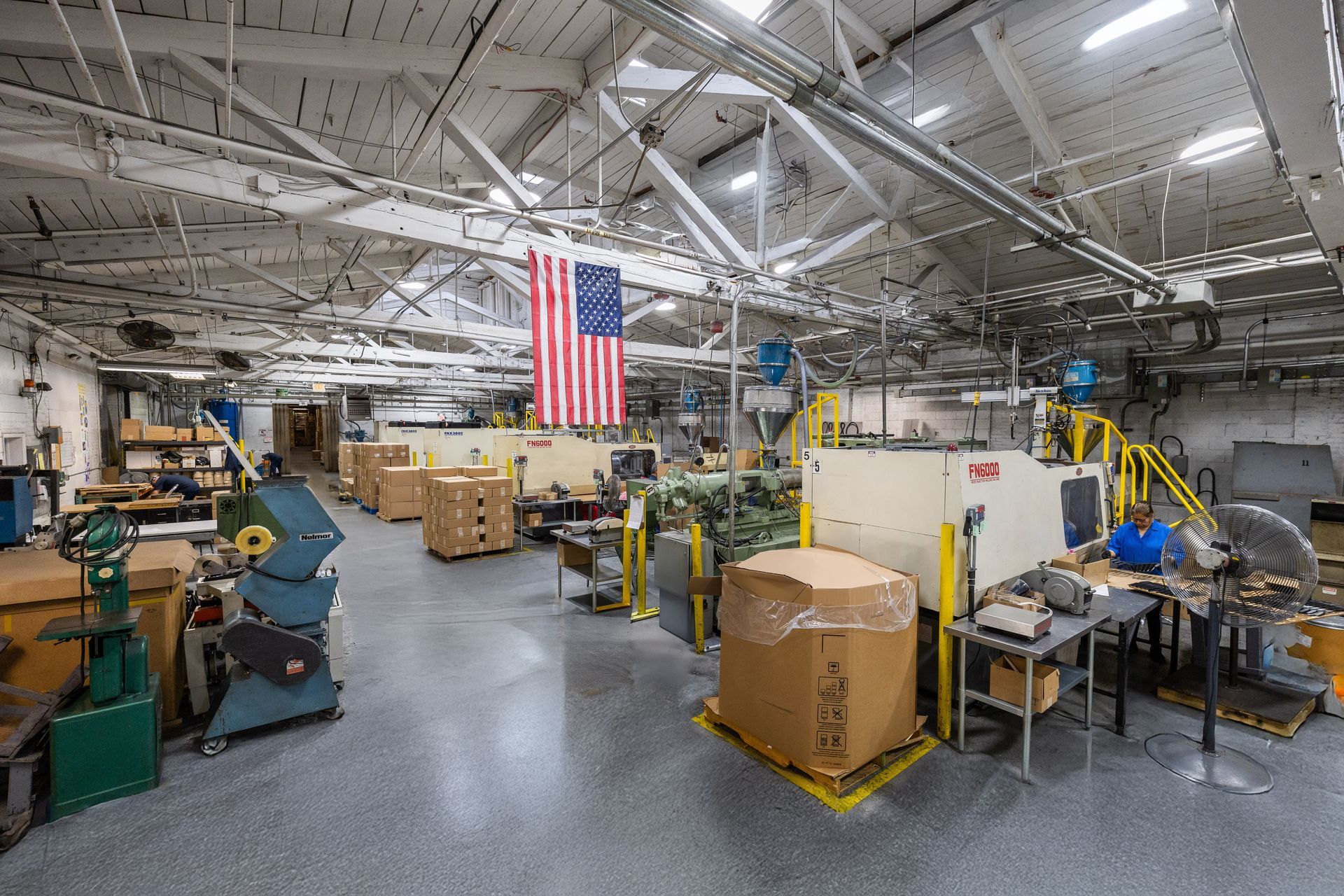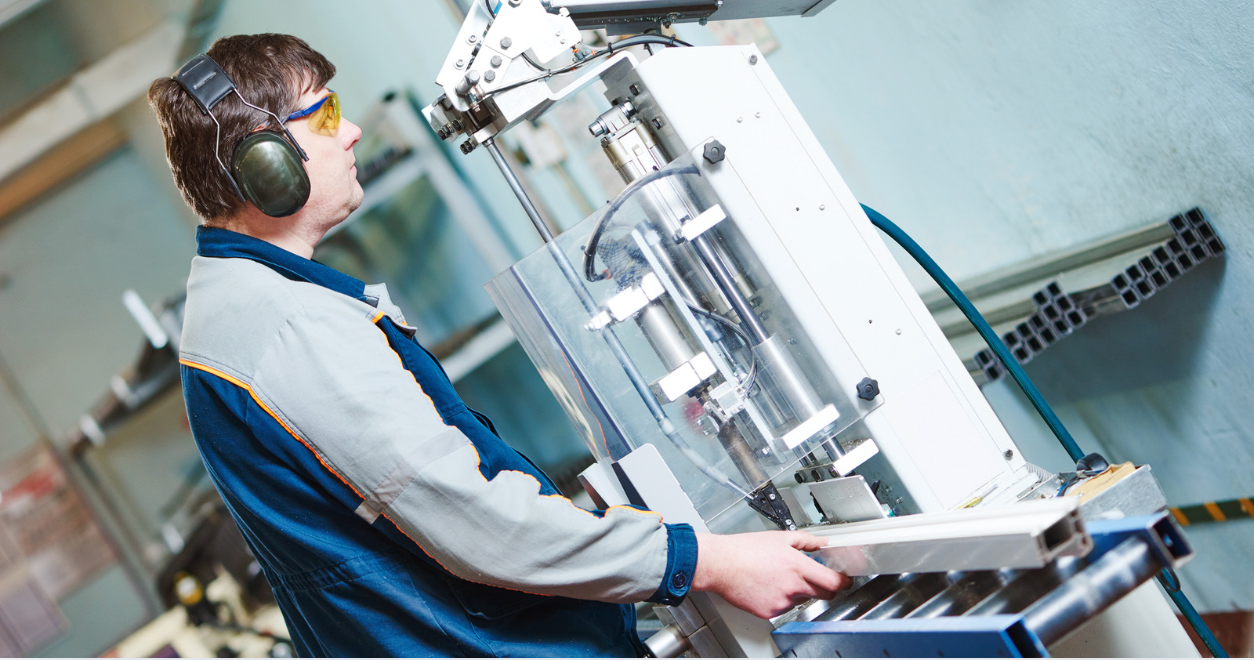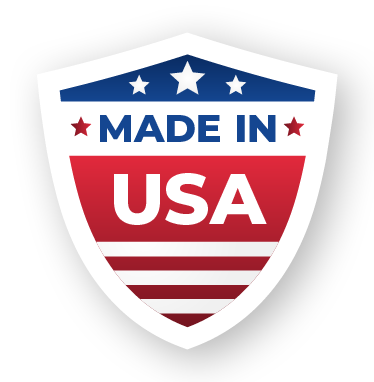Different Types of Plastics and Their Function
Plastic has a bad reputation, but in this article we're going to reiterate why plastic plays such an important role in the world today. We believe it's important to highlight the various kinds of plastics, and why those differences matter, so you can choose the right plastic for your needs.
Plastic Myths
Not all plastics are created equal. While plastic's name was thrown in the mud, the truth is, there are only a couple of dangerous plastics, and even those are being improved year-by-year. So how do you know you have the right plastic for the job, and how do you know if it's safe?
6 Main Types of Plastic
1) Polyethylene Terephthalate (PET)
This plastic is usually used for the one-use water bottles. And the dangerous plastics we were talking about earlier? PET is one of them. While it's usually used for storing food and water because it prevents oxygen from moving in or out, it contains carcinogens, which has been closely linked to causing cancer. Heat+PET= not a good combination.
2) High-Density Polyethylene (HDPE)
A thick, dense plastic, HDPE is often used for milk containers, shampoo bottles, and shopping bags. Incredibly stable and recyclable, this plastic is useful and safe.
3) Polyvinyl Chloride (PVC)
If you're not familiar with PVC pipes, this plastic can be quite hard, and has been used in everything from toys to blood bags. Unfortunately, this is also the most hazardous plastic, and both the creation and destruction process emits chemicals (BPA) that are dangerous for humans and the environment.
4) Low-Density Polyethylene (LDPE)
Often very thin and flexible, this plastic is most often used for plastic wraps, or wire/cable coating. Though a bit more difficult to recycle, this product is safe for the environment.
5) Polypropylene (PP)
This plastic is one of the most useful. Both heat-resistant and safe to use, you can find this plastic in disposable diapers, car parts, and even thermal vests!
6) Polystyrene (PS)
Finally, PS, or styrofoam. Setting aside the fact that it releases various toxins after coming in contact with heat, this plastic is also very difficult to recycle, and very little effort is made to recycle it.
But what do we use, at Bennett Plastics?
Bennett Plastics Inc.
At Bennett Plastics, we use Bio-Based plastics like PHA, PLA, and Acetate, as well as other options. If you're looking for the safe, environmentally friendly plastics for your wire coating, molding, or prototyping needs,
contact us to find out more about our products!
Recent Articles











